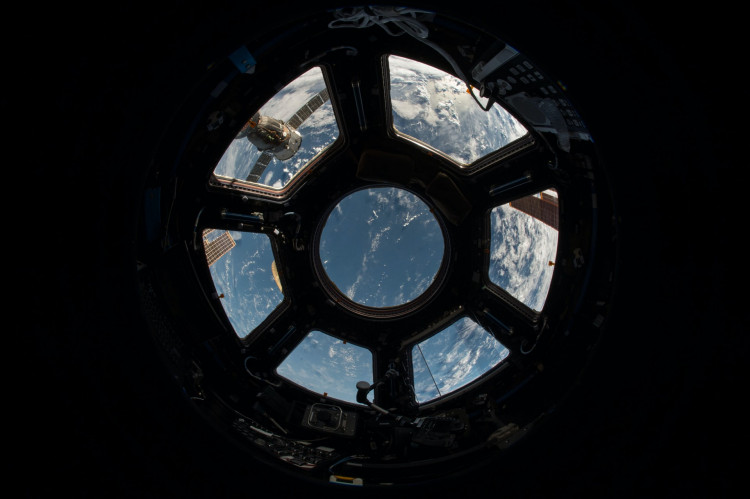NASA just sent a new space toilet, the Universal Waste Management System (UWMS), to the International Space Station at the 14th contract resupply flight in Northrop Grumman. For the Artemis II flight test, another UWMS unit will be built in Orion to send astronauts on a mission of 10 days beyond the Moon and back.
The central concept of the UWMS can effectively be incorporated into multiple support life and spacecraft support systems. UWMS will feed pre-treated urine into a regenerative system, which recycles water for further use, on platforms like the space station where astronauts live and work for longer periods. UWMS also functions in a system where waste is not pre-treated with chemical additives and is simply stored for recycling for short-term missions such as Artemis II.
The toilet has been designed to provide astronauts with convenience and ease of use input. It also features a 65% smaller and 40% lighter construction than the toilet of the current space station. The improved incorporation of other water station modules would help recycle more urine, which, after screening and drying, astronauts are consuming.
In the absence of gravity, airflow is used by toilets to expel urine and feces from the body and into the right recipients. The automatic start of airflow when the toilet lid is opened and thus helps with odor management is a new function of UWMS.
In addition, it provides an additional ergonomic feature with less time of clean-up and maintenance with corrosion-resistant, long-lasting components, which minimizes repair outside the schedule. Less time spent on plumbing allows the team more time to concentrate on scientific and other exploration activities of high priority.
A specially designed funnel and hose are used by the crew for urine and the seat for bowel movements. The funnel and seat, representing input from female astronauts, may be used simultaneously. The UWMS seat may look uncomfortably small and pointy, but it's perfect for microgravity. To make sure everything goes as it should, it offers ideal body contact.
For astronauts to prevent themselves from floating free, the UWMS requires foot restraints and handholds. When "going," everybody places themselves differently, and consistent astronaut reviews revealed that the standard thigh belts were a hassle.
Gloves, tissue, wipes are thrown out in water-tight bags. Solid waste is compacted in a removable fecal packaging canister in separate water-tight containers. Fecal waste is currently not treated for water recycling, although this capacity is being researched by NASA.
Each part of the water cycle is vital to life in space, and technical developments will make a crucial difference in mission efficacy and progress. As we plan for Artemis to return humanity to the Moon and look forward to the first human trip to Mars, life support systems will play a significant role in keeping our astronauts safe and healthy as they live, work, and explore more than ever.




